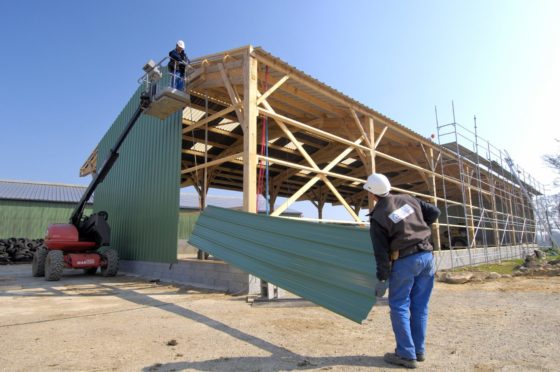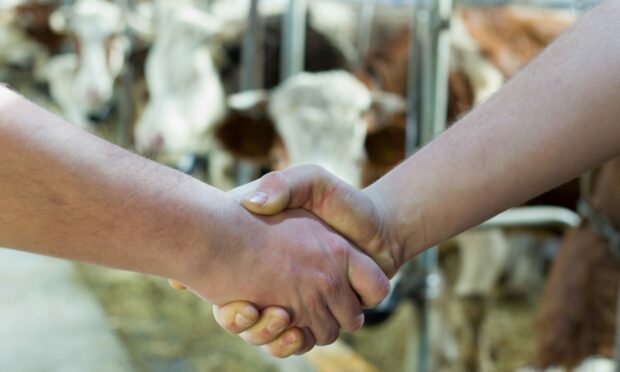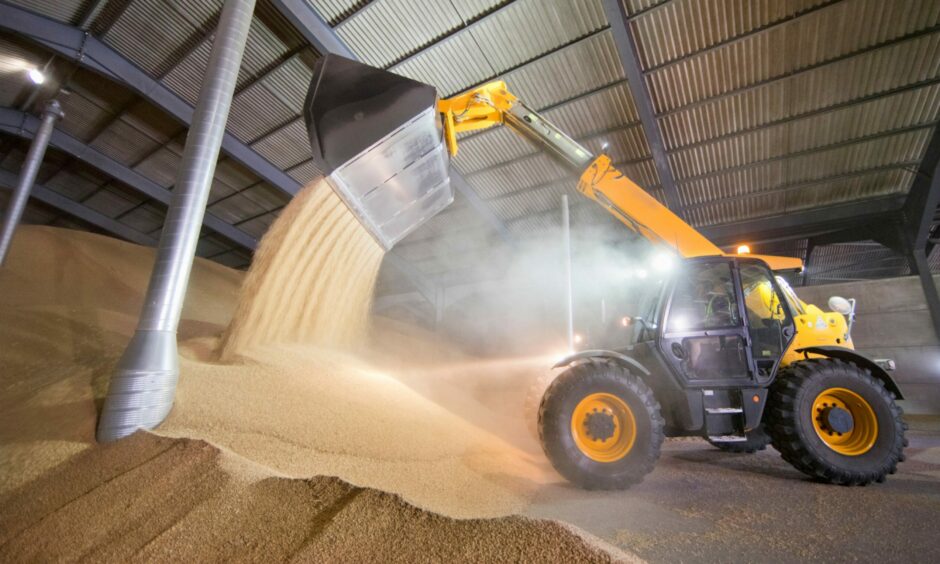One of the most common concerns I am contacted about as Tenant Farming Commissioner is landlord and tenant obligations regarding fixed equipment.
All tenancies place an obligation on the landlord to provide fixed equipment at the start of the lease necessary for the purposes for which the holding is let.
Most leases place a duty on the tenant to maintain the fixed equipment and to leave it in the condition in which it was received, allowing for the impact of fair wear and tear, whilst the landlord is usually responsible for replacing the fixed equipment once it has reached the stage when natural decay requires it to be replaced.
It’s a frequent source of disagreement between landlord and tenant, as there is no hard and fast definition of what constitutes ‘fair wear and tear’ and ‘natural decay,’ or of the point when deterioration in condition requires renewal or replacement rather than additional maintenance.
Disagreements can also occur over the extent to which the condition of equipment that is beyond repair is the result of lack of maintenance by the tenant, or the result of deterioration due to fair wear and tear. Common examples are slate roofs on traditional steadings and old field drainage systems.
With this in mind, I’ve written a new Guide to Fixed Equipment on Agricultural Holdings in Scotland and suggested ways to avoid disagreements.
The guide provides valuable information for both tenants and landlords and refers to fixed equipment in secure and fixed duration tenancies.
It’s an important issue that all tenancies need to address, as fixed equipment is a fundamental part of an agricultural holding and has a major impact on the productivity.
The guide provides a summary of legislation relating to fixed equipment in agricultural tenancies and makes recommendations relating to best practice – but in short, there are three essential actions that will greatly reduce the scope for disagreement.
The first is to ensure that there is an agreed schedule and description of the condition of fixed equipment provided by the landlord.
This provides the baseline for all future discussions regarding the fixed equipment – for example, to help determine whether any work necessary to the fixed equipment is a repair or a renewal, or for reference at rent review or waygo.
Also, in the absence of a record of condition, the landlord in a 1991 Act tenancy will not be able to pursue a claim at the end of the lease for dilapidations arising from inadequate maintenance by the tenant.
It is therefore worth taking some time over the production of the record of condition, using digital photography where appropriate, so that changes in the extent and condition of the fixed equipment throughout the tenancy are readily identifiable.
The taking of soil samples is also strongly recommended so that changes in the fertility of the land can be monitored.
In all fixed duration tenancies, it is mandatory that the parties agree in writing a schedule of fixed equipment to be provided by the landlord, and that should include a record of its condition at the time. That agreed schedule is deemed to form part of the lease.
The legislation does not specify how the schedule should be produced, or by whom, only that the parties should agree on its contents.
Regrettably, a schedule or record of fixed equipment is absent from many secure tenancies, but it is possible to remedy this at any time during the tenancy.
A record can be made on the initiative of either party and can be either for the fixed equipment or the cultivation of the land, or both, and can be for part of the farm.
The cost of preparing the record is usually shared equally. In fact, in long leases, I would recommend that landlords and tenants periodically update the schedule and record of condition of fixed equipment.
The second essential action is for landlords and tenants to ensure that good records are kept of work carried out on the fixed equipment.
For example, a tenant who keeps records of all slate replacement work and ultimately obtains a note from a reputable slater to say that a roof is ‘nail sick’ and beyond repair will have a much better chance of making the case that a new roof should be provided by the landlord.
Finally, I recommend that landlords and tenants meet periodically to review the state of the fixed equipment, to identify where repairs, maintenance, renewal or replacement are required, and to agree where the responsibility lies for an agreed schedule of works.
This of course will be greatly aided by a record of condition and good documentation of work carried out.
For further information on responsibilities and how to avoid problems, please have a look at the new guide – available at landcommission.gov.scot – or get in touch if you would like to discuss anything particular to your own circumstances at tfc@landcommission.gov.scot.
Majority of Scottish tenant farmers satisfied with rent review process
- Bob McIntosh is Scotland’s Tenant Farming Commissioner.



